The Sony A7 meets the Voigtlander 15mm Heliar – a match made in heaven or hell?
by Steven Norquist
The Voigtlander 15mm Super Wide Heliar is one of the most amazing wide-angle lenses ever created.
Why is this?
- It has super high contrast.
- It has super high color saturation.
- It has super high acutance.
- It is super, super sharp.
- It has virtually infinite depth of field.
- It has no distortion. (truly amazing for a 15mm wide-angle lens!)
And lastly but most importantly, it has an incredibly great dramatic wide-angle look that few lenses can equal. There is only one problem and it is not the Heliar’s fault.
This lens almost never works on digital cameras!
This lens was made in the film era for rangefinder cameras. Why doesn’t this lens work on digital cameras?
This lens is designed to place its rear nodal point almost directly on the film plane. Almost literally in contact with the film, that is how close it gets. This causes the light rays to have a very concentrated and sharp angle unto the film plane. This is also how this lens is so superior and achieves such amazing optical correction and also why it does not work on digital cameras.
This sharp angle of light is so sharp that the outside diameter of the exit pupil, the periphery if you will, is not able to be correctly perceived by a digital sensor. Again, the problem is not with this lens, it is with digital sensors in general.
Digital sensors were not designed to use film camera lenses. Think about that statement for a moment. Why would the industry try to replace film cameras with digital cameras and not design digital sensors to work with all normal film camera lenses already in existence? Duh, you would think this should have been their primary concern, to duplicate the superior light gathering ability of the chemical film plane in a digital sensor.
But alas that has not happened yet, or has it?
I decided to find out.
The Sony A7 is potentially one of the most revolutionary cameras to come out in the last couple of years but it is not potentially revolutionary because it puts a full frame sensor in a small body. It is potentially revolutionary because it is a full frame digital camera that will allow “any film lens” to be used on it!
This is its real selling point for most and why I would want this camera very, very much. You see, we have all these magnificent film lenses that simply will not work very well on any digital cameras to date. Tons of beautiful artistic lenses designed over decades of film photography that may never be replicated in modern designs. Why should these wonderful lenses go to waste?
The hope was Sony had finally “done it” and provided the answer to our dreams.
So since no one has yet done a detailed review on the performance of the Voigtlander 15mm Heliar on the A7 I took it upon myself to do so. I rented an A7, bought an adapter on Amazon and mounted my Heliar on it and began the detailed tests. I have had the Heliar for a couple of years now and know exactly why and how it doesn’t work on digital cameras so my tests were designed to see if these exact problems were resolved by the Sony A7.
The two main issues are:
1. The outside edge of the frame, especially the corners will have a magenta color shift to the natural fall off/vignetting that the lens produces.
2. The outside edge of the frame, especially the corners will be super blurry and smeared, basically not only not in focus, but weirdly stretched and just not right looking.
Before I present the results let me assure you that when this lens is mounted on a rangefinder film camera the corners are sharp even wide open. Also, on a film camera this lens will have a nice healthy vignetting effect so that the blue color of the sky will become darkened in the corners of the image. This is natural for wide-angle lenses of this type and is used in wide-angle photography as an artistic device for emphasizing a subject.
So on film the corners are sharp and the corners are darkened, but they should not be magenta and they should not be blurred.
Ok here we go.
The Magenta Test
Parameters of test:
· White balance was set for daylight to assure no variation in color hue due to automatic white balance adjustment.
· Pictures were taken in raw on a full sunny day and processed without any fancy tweaks, just plain old conversion from raw to retain what the camera sensor saw.
Magenta Corners Test Sample 1
Magenta Corners Test Sample 2
Conclusion:
The corners will suffer from Magenta cast in very bright high contrast situations. But of the hundreds of pics I took in the sun, these two pics represented the worst case scenario under sunny conditions. I did not go out of my way to evoke magenta cast. I simply took the pics I wanted to and later found some with this issue. Many pics did not even show any magenta cast. In my opinion this magenta effect is subject specific and will show up only under these types of specific lighting conditions.
The Corner Blur Test
Parameters of test:
· Pictures were taken to test the ability of the lens to focus on both close and far subjects simultaneously (hyperfocal) and of the lens to resolve a flat plane at infinity. (The entire area of the image should have equal focus and sharpness at infinity)
· To prevent subtle shift in the flatness of the focus plane causing false results in the infinity test, I used the classic get on top of a mountain and shoot down technique. This assures that everything the lens sees is of equal distance from it.
· The full image was processed normally and the corner images processed to lighten the corners so that critical focus effects could be more easily seen and not lost in corner darkening.
· All pictures below were taken at F5.6 which on the Heliar is more than sufficient to sharpen the corners in hyperfocal situations. In fact stopping down to F8 will start to put the center of the image into diffraction even on full frame. On film even F4.5 is sharp in the corners.
Hyperfocal Test 1
Left Corner 100% crop
Right Corner 100% crop
Hyperfocal Test 2
Left corner crop
Right corner crop
Infinity Test
Upper Left Corner 100% crop
Upper Right Corner 100% crop
Lower Left Corner 100% crop
Lower Right Corner 100% crop
Conclusion:
The corners do suffer from blur on the A7 even at infinity. This is a product of the A7’s sensor. The blur effect, though present, is not real terrible. The smearing effect I have seen on other cameras was not present in any pics I took. So this is a definite improvement over other cameras.
Also, because of the heavy vignetting, the blur is almost always hidden in the shadows and is not distracting at normal viewing distance.
I also tested the 35mm F2 Biogon and the Contax/Yashica 28mm and these lenses also had corner blur on the A7 even though the Contax/Yashica is a telecentric SLR lens that sits pretty far from the sensor. On the Contax I was able to stop down to F11 and eliminate all blur and not really see any diffraction which was pretty amazing actually.
Final thoughts:
Sadly no digital camera has yet been made that will allow the exquisite Heliar to be used full frame on it without problems.
The A7 was a pleasure to shoot with and tt was so easy and compact to carry all day. Battery life? I was able to leave the camera on all the time and it took six hours to deplete one battery.
My V1 was dying long before the A7!
Can the Heliar create powerful and rich photos on the A7 despite these flaws?
Here are some final fully processed Heliar/A7 samples for you to decide.

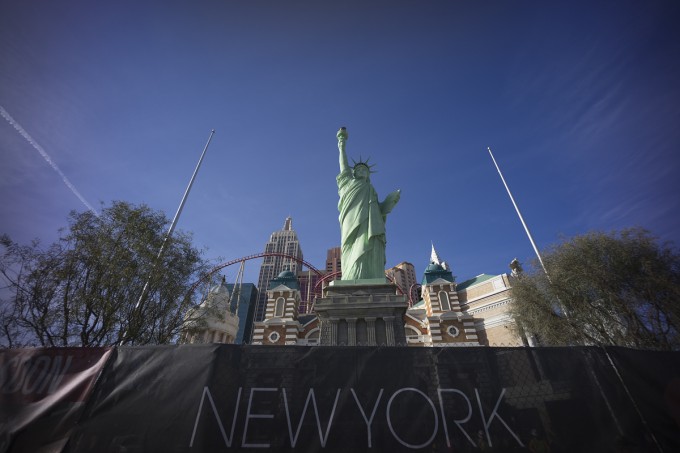
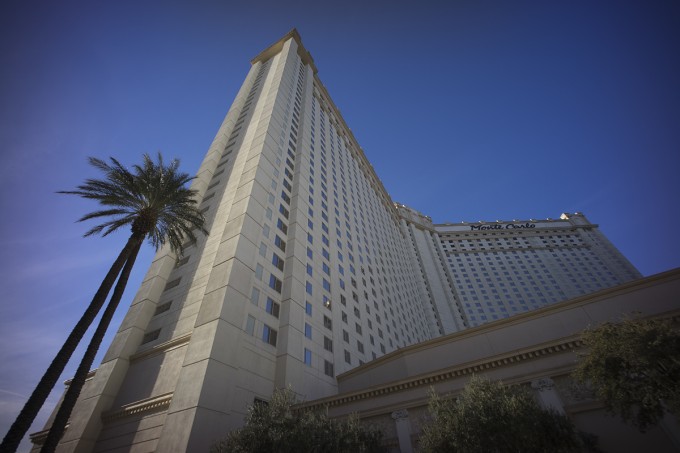
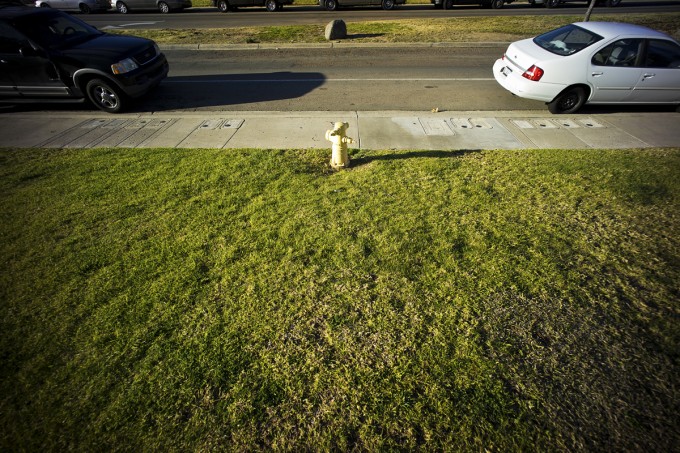
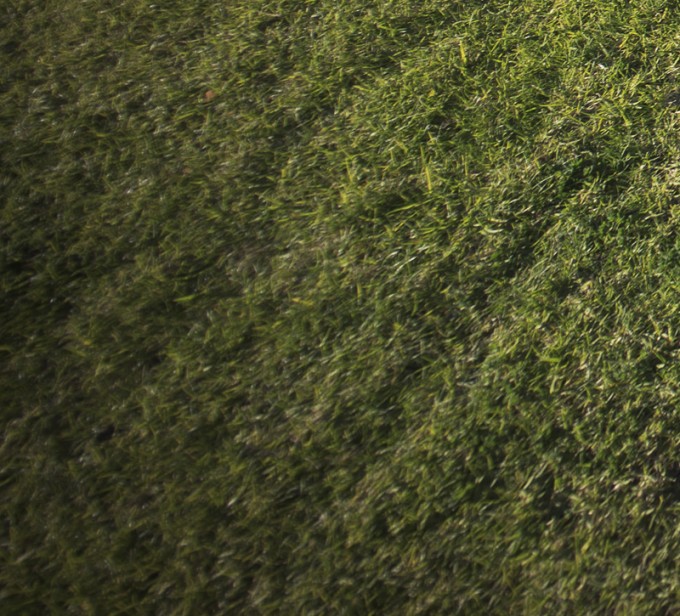
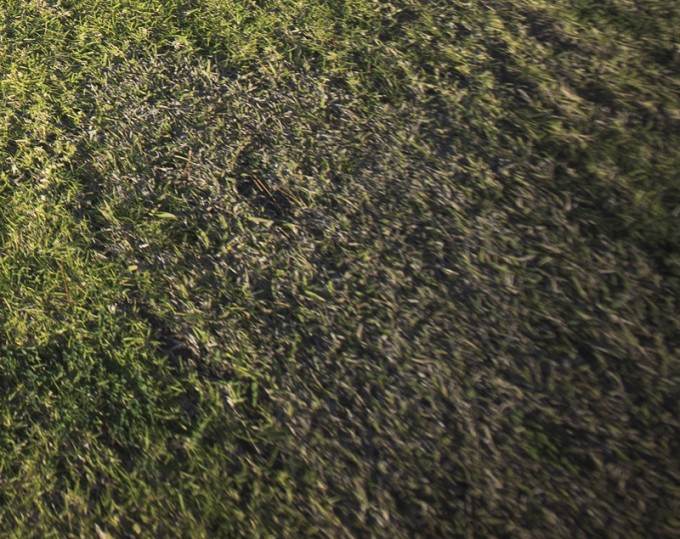
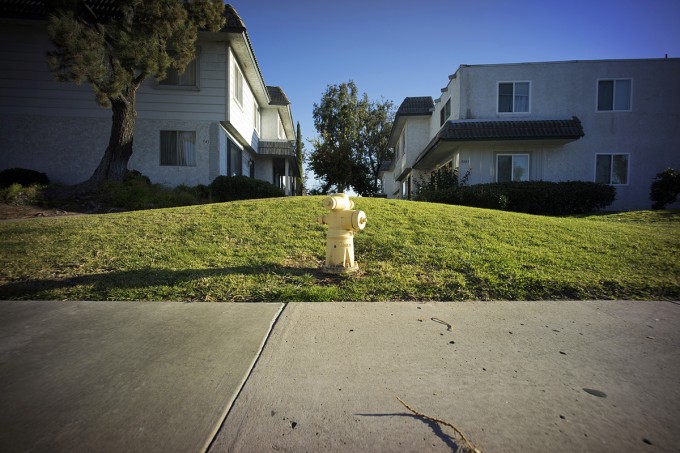
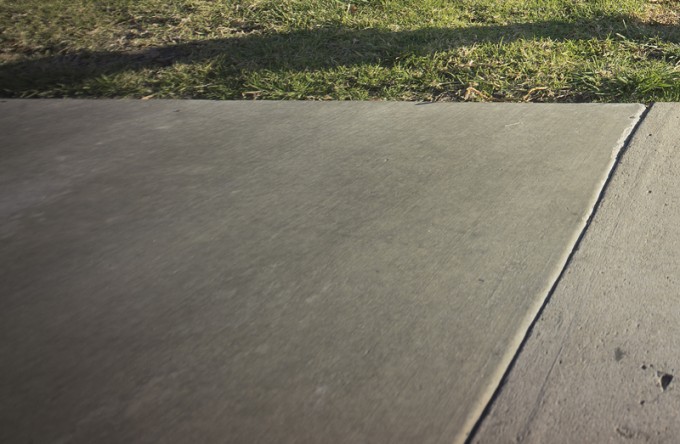
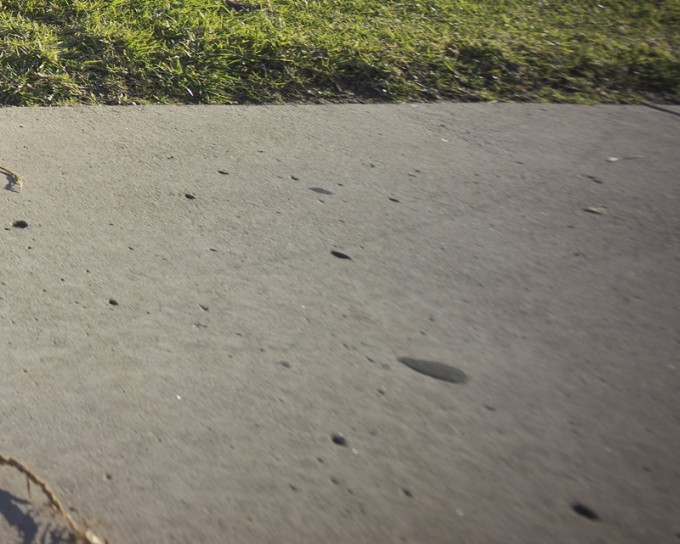
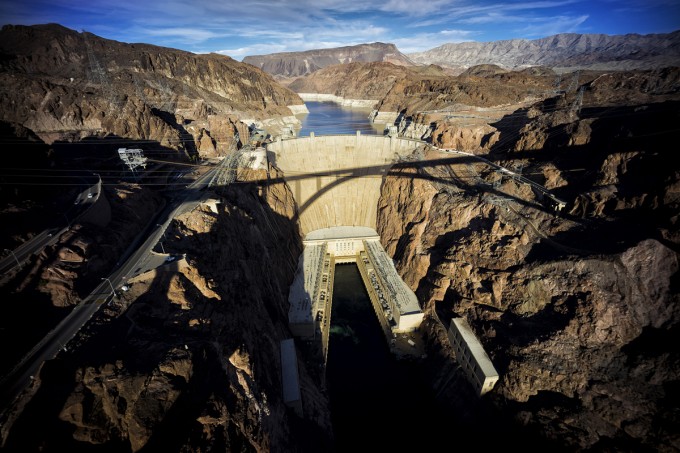
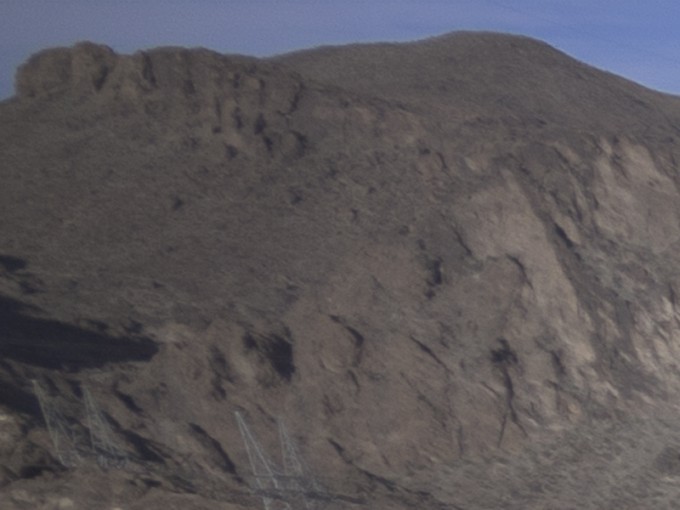
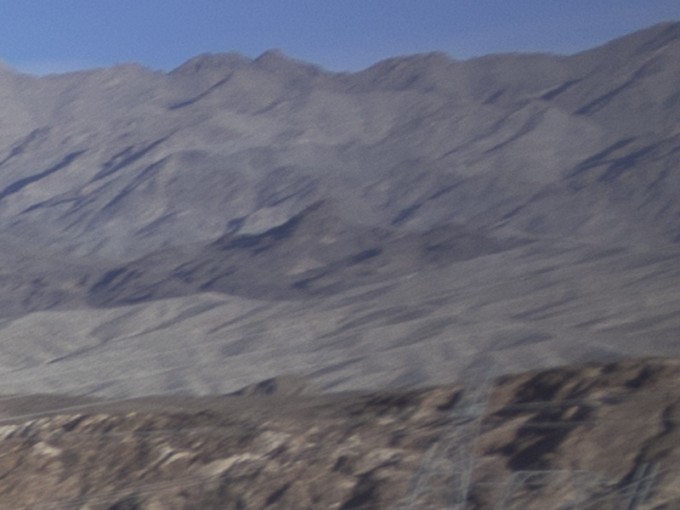
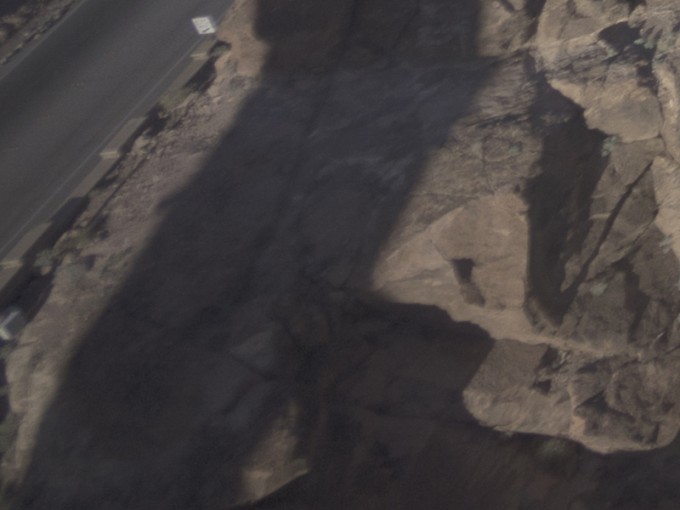
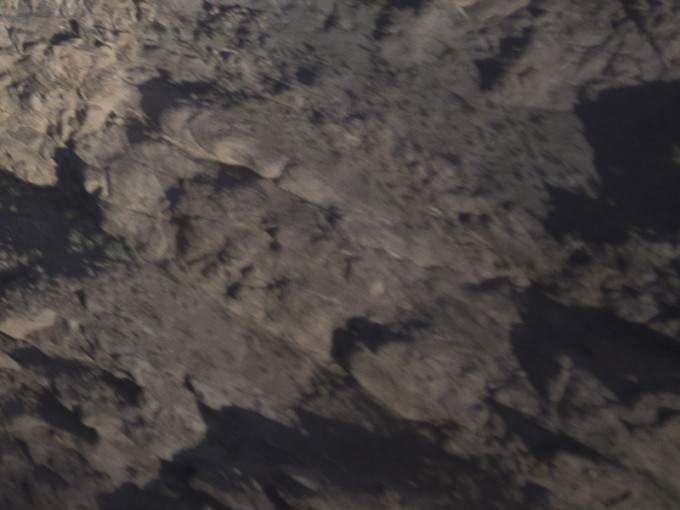
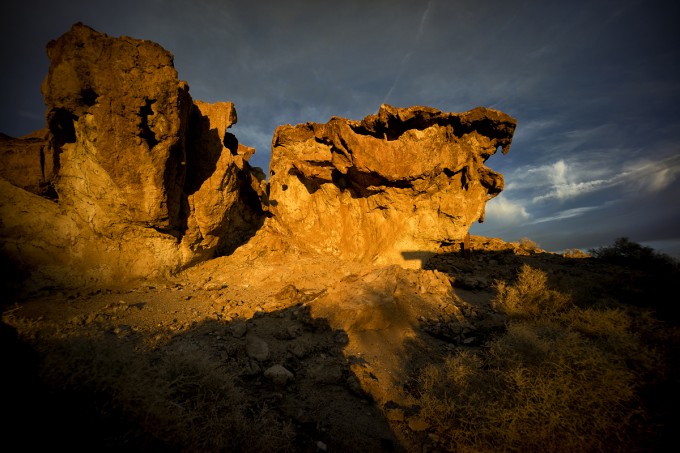
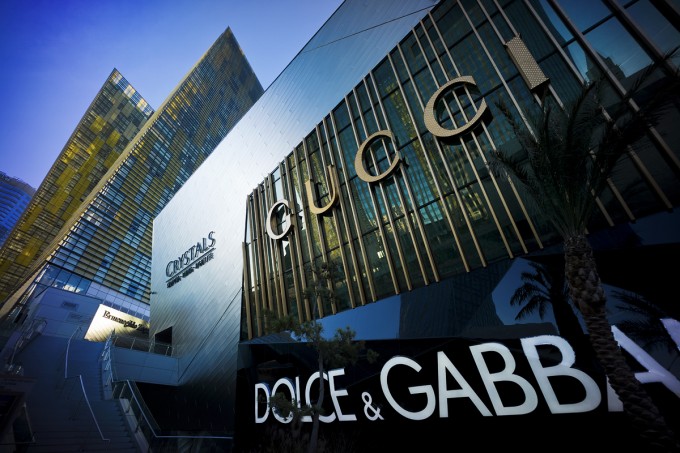
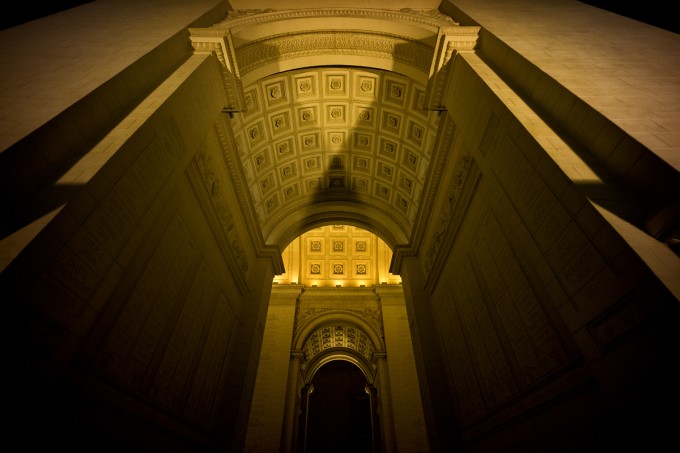
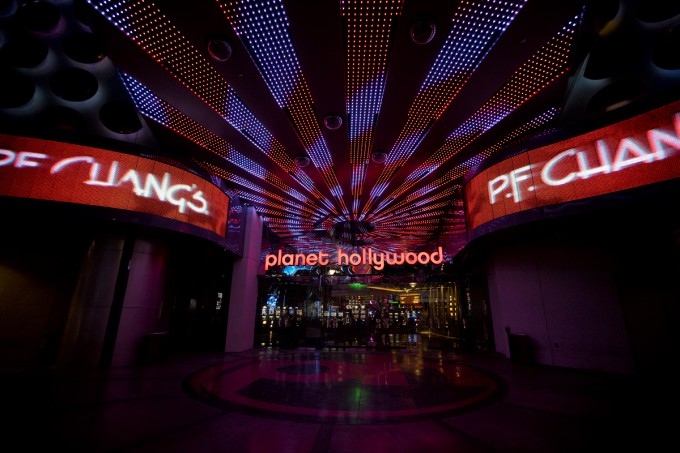

Just wondering if this color shift issue on the 15/4.5 II is a problem with the a7s? I just found a great deal on one but after reading this review, maybe it isn’t such a great deal?
Very interesting to see if this will change with the new a7r II BSI, while having a different sensor layout.
In your conclusion: ” I also tested the 35mm F2 Biogon and the Contax/Yashica 28mm and these lenses also had corner blur on the A7 even though the Contax/Yashica is a telecentric SLR lens that sits pretty far from the sensor. . . . ” the Distagon is a retrofocus lens, and not telecentric. A telecentric lens has its entrance or exit pupil at infinity.
Hi. I bought this lens for my Sony A7II recently in HK. Frankly, I had not known that this lens was this good. I had merely bought it on suggestion of the sales person. I had always shot on my Canon 5D MKIII with various lenses on AF. I bought the Sony A7 for the wide variety of lenses I could use. This has turned out to be a game changer for me. I am loving MF. I also bought the Mitakon F0.95 for the eMount. My GOD that is one lovely lens. The Voigtlander shot that got me thinking https://www.flickr.com/photos/darthaddie/16275622770/
Thanks for keeping us interested and informed!
Hi Aditya, which version of 15mm Heliar did you buy? Did you crop that photo on flickr or is it full frame capture? For the Mitakon, did you get the 35 or 50mm? Best, -Lino
Hey Lino. I bought the a voigtlander 15mm Heliar II f4.5 to be precise. I cropped the photo a bit to cut out the unnecessary part. The Mitakon is the 50mm and its a pretty lovely lens. Much better than all 50’s I have shot with. I like it better than the sigma 50 art. Which I find has no “character” for some reason.
Looks like I’m late on this thread but I’d like to know if anyone has a Voigtlander 28/2 and tried it with the A7? I recently bought one, after some positive reviews, only to be reasonably disappointed. I’m experiencing similar issues Steve’s noted with his 15mm version…magenta, blurring at the edges, almost stretching..just can’t understand why my kit lens would outperform this quality prime…
Oh my goodness. I think I’ve just discovered what it is! I stopped the lens down, and twiddled it on the thread, and… it’s the built in lens hood petals! But how??! How is it seeing them? They’re part of the lens – they don’t come off…
Turns out the screw thread is misaligned on the converter, so the petals of the flare shield are in the wrong place. Did a rudimentary fix, and the results off the lens with the A7 are stunning. Hoping to use the Voigtlander 21m f4 pancake as a semi permanent fixture on this camera once the M converter arrives. Similar depth of field, and a superb lens, especially in black and white. These are exciting times!
Fantastic images, Steve, and a good real world exploration as ever. I’ve owned the 15mm since it came out, but have been shooting less and less on film, so it’s got dusty of late. Just bought an A7 yesterday, and the L39 converter arrived before the M, so after a 1950s collapsible 50mm Summicron (which yielded beeeooootiful results!) I screwed on my 15mm Heliar.
Unfortunately, I got massive black chop-off in two of the corners – can’t really call it vignetting. I’m wondering if it might be the particular converter? Or have I got it on the wrong setting?
Here’s what I’m getting:
https://www.dropbox.com/s/qhwihfyi438pmlj/Z%20BM%20w-1.jpg
This was helpful in me deciding to grab one of these lenses! The smeary corners are obviously hard to fix, but in a lot of cases they don’t cause trouble. First few pics: http://www.flickr.com/photos/jmbillings/13037758644/
http://www.flickr.com/photos/jmbillings/13028459313/in/photostream/
http://www.flickr.com/photos/jmbillings/13079102773/in/photostream/
I am using Rokinon Ef lenses with Metabones iii adapter with Sony A7, the pictures quality is not sharp, kinda fuzzy. when i zoom in, the pictures looks soft and not much details. Am i doing something wrong?
many thanks
Great write up and excellent images! I’ve been hesitating on pulling the trigger on a Sony A7 since I need it for architectural work, I need a wide lens… Have you tried the Samyang-Rokinon-etc-etc 14mm 2.8? I know it would be huge on the A7, but how it would compare image wise on the same apertures?
Keep up the great work both you and Steve (and Brandon)
Cheers
Kirrin
Thanks Steve, great review very informative especially since this was the exact combo I’ve been toying with in my mind. I’ll just have to stick with a 21 or 28.
Are you aware of any good Tilt Shift options for the A7 other than Canon or Nikon?
First – why build digital sensors that do not work with film lenses? Easy, to sell new lenses. You might try the Sigma 12-24 full frame wide zoom. It is designed for digital and works remarkably well. If you like 15mm, you will love 12mm.
I enjoyed your article and your pictures, but wonder about your statement that digital sensors are not designed to accommodate film lenses. It seems an over broad and incorrect statement. It certainly is not true with Leica. M8, M9, MM and M 240 cameras work beautifully with all 50 old Leica lenses that were designed for film cameras. And the M240 was specifically designed to accommodate R lenses.
My favorite 90mm for all Leicas, film and digital is a 50 year old Elmarit. As for Nikon, their new Fx is designed to accommodate old lenses also.
I must not understand your point. Can you explain?
This problem does not occur with telecentric lens designs. As long as the rays of light fall somewhat perpendicular onto the sensor there is no problem. That’s why your 90mm lens works really well. On the Nikon F-mount you have a flange distance of 46.5mm, which means that almost all F-mount lenses old and new are telecentric.
The problem with ultra wide angle lenses that are not telecentric is that the light reaches the sensor at a considerable angle (at the edges of the frame). Analog film is incredibly thin. Sensors are thick and layered. This means that each ray of light entering at an angle will go through multiple bayer pixels of the sensor, hence the smearing and color artifacts. That’s why manufacturers put micro lenses on the sensor, which helps, but does not solve the problem completely.
Leica does some extensive in-camera processing fine-tuned to the lenses to clean this up the effects. I believe the Sony cameras will do the same once Sony releases the full frame Lens Compensation app.
Thanks Steve Huff for this website! Certainly thanks Steve Norquist for sharing your value able experience of using the redoubtable CV Heliar 15mm on your Sony A7.
I wish to share with everybody here to check out Trey Retcliff’s ‘Stuck in Customs’ site where he recently tested the Sony E 10mm-18mm f4 UWA zoom on his A7r. The APSc Nex E zoom was useable FF between 12mm – 17mm!
He is unapologetically image post process kind of photographer, but from his resultant images, the Sony E 10mm-18mm lens rocks on the A7r. I have this lens, and now I see no reasons to put off waiting for more native FE lenses before upgrading my Nex7 to the A7r… 😉
Kev
At low ISOs the vignetting is less of an issue because Sony has so much latitude with the shadows. In fact their “Lens Compensation” app for the A7 works well with the CV 15 and will clear up most of the issues. It also embeds the correction profile in the raw file!
Yes, there is some corner smearing but I also think the CV15mm is not everything Steven is making it out to be. Even at 24MP you are right about at a “best case” scenario for top resolution for 35mm film. I love my CV but it doesn’t resolve detail (AKA micro contrast) the way my Contax G lenses do on the A7.
The lens isn’t perfection on any camera but it is a great value. I would contend that, sample variation aside, it shoots as well on the A7 as on the M9. Some people hate it on both. Some people hate it on one or the other. But most people will probably be fine with it in most cases (again recommend setting up a profile to take care of that vignetting).
I just did my very first shoot with the A7 and the 15mm Heliar this past weekend. There is without a doubt some color shift that occurs but I suspected as much and it isn’t too terrible. It’s easily fixable in PS with just a few minutes of time or if you decide to make your images black and white (something I really like with wide angles to make the images less “busy”) it becomes a complete non-issue.
Even though it was never designed for digital, I still think the 15mm Heliar is one of the best lens bargains in existence. I even stuck the 15mm finder that comes with it into the A7 hot shoe and I can now use the lens exactly how I did with a film camera. Depth of field is so darn long I can guess the focus point easy.
The performance of the Heliar at the corners does not seem normal to me. Being a long time user of the Heliar ( the RF coupled example) I always got excellent results with the analogue Leicas, with the M8 (of course as it was a cropped sensor camera) and with the M9.
The M9 had a very intense “italian flag” phenomenon with that lens but it did not appear any serious sharpness fall-off at the edges of the frame. The usual trick was to shoot in RAW (I always do) and use the 16mm setting of the Tri-Elmar in the lens setting menu. This smoothened the phenomenon and any additional correction could be achieved by a rather laborious correction workflow in the post processing. Therefore, sharpness wise the Heliar works well with the FF sensor of the M9 but may have problems with the A7. To put the things completely in the right perspective Heliar is a great performer for the money but it is not completely at par compared to the 15mm Zeiss or the 16mm side of the Tri-Elmar. Curiously enough its wider simbling the Ultra Wide 12mm (RF coupled version) is a superior performer but it is one stop slower. For one to be on the vignet free side with that lens takes a central grading filter but this leaves you with one working aperture (f11).
Based on the above I suspect that maybe something goes wrong with the A7 / Heliar combination.
Probably the lack of the firmware correction offerred by M9 make the things worse.
Anyway carefull post processing is recommended for both lenses in order to get the most out of them. The Capture One Pro lens fall-off tool offers a lot to this (for somebody that uses this program).
Regards,
Dimitris V. Georgopoulos
Photographer at Large
Athens, Greece.
From what I have seen, corner smearing with non-retrofocus wide angle lenses is inevitable on the A7, and even more so on the A7r. It most probably has to do with the microlens array layout, and the thicker than usual IR filter on top of the sensor (see lensrental’s blog).
The Summicron 28mm in particular is a poor performer on the A7, having very weak corners compared to the A7.
Best bets are with SLR lenses on adapters (all wide-angles are by design retrofocus) or the Tri-Elmars.
I meant to write “…compared to the M9.” in the above.
Works really well with my Nex-7, and Cornerfix gets rid of the magenta caste. That’s no news as many Nex owners will already know.
Thought it was a boring technical lens test but then there were the images at the the end!
Excellent!
The 15mm Heliar seems to be a great lens at an attractive price, and I’m seriously considering it for my new A7. Sebimagery has some striking images taken with the Heliar and an A7R: http://sebimagery.com/blog/2014/1/24/life-with-the-sony-a7r.
I use my 15mm Voigtlander on my Nex 5r, and it works a treat with minimal magenta casts. I think it is one of the few digital cameras that can use this lens, but unfortunately the NEX is not full frame
For me, a very timely article. Tomorrow I am expecting a package to arrive containing (you guessed it) a Voigtlander 15mm Heliar which I bought on eBay. I intend to use this on my Fuji X-A1, and my hope is that on this APS-C format the edge and corner performance will be okay. It did not occur to me that there might be a problem, but now if performance is not up to expectation I will know why.
I discovered that the lens does not work at all on the Fuji X-A1. The problem is total lack of detail in the image edges and corners.
Nice write up and photos!
Would this lens work on a Leica or Fuji?
Yes, I reviewed to on the Leica twice..
It works beautifully on my X Pro. My go to street lens. I set it at 2 meters and F5.6 or 8 and just shoot away. Everything’s in focus from 3 feet or so to infinity. Zero color casts at the edges an just a tad of vignetting. VERY sharp
but the extreme corners are cropped on the Fuji due to the smaller sensor. So you actually loose a lot of the wide angle on APS-C and it becomes more like a 22mm on FF. Fuji 14mm or Zeiss Touit 12mm are wider options on these cameras.
We can assume on a photoblog that readers are aware that an aps sensor changes the field of view of a particular lens. In any case the PHOTOS that it produces are wonderful. And my post was in reference to a question asked of Steve as to whether the lens was useful on a Leica or Fuji. And in my opinion a 22mm lens is a much better focal length than a 15mm for street photography. I considered the Fuji 14 mm but who needs autofocus on a lens that has almost infinite depth of focus.
Personally, I don’t really care about the smearing or the magenta cast. I love the ultra-wide perspective and the new horizon it opens for your photography. The whole image is much more important and noone will say “I LOVE your shot but the corners are a bit blurry, so I’ll pass” when viewing it as a product of art.
Thank you for all the effort you’ve put in this test, it’s really useful as it shows the “problems” and how much they really matter.
Thanks Steven! I had been searching the web and found little information on th A7 15mm Heliar combo, so your work is really much appreciated. Hopefully I can find a 2nd hand copy soon and try it out on the streets of Amsterdam.
And moments after I made my comment I found a copy for a nice price. Should be here in a couple of days. I’m looking forward to try it out this weekend!
Steve, thanks for the detailed review and technical knowledge you’ve shared my friend!
Doesn’t apply to me, but I enjoyed the read! But invaluable to users looking to buy or trial!
Thanks for the write up it was very informative to me. I shoot mostly B&W these days and currently use an A7 and all my lovely manual lenses!
Steven, thanks for this test! I really loved this lens on the M8 and had to put it in the cupboard when I got the M9, moving to the much bigger Ziess 18mm for my fill of wide views. I now have an a7r but it has only really been attached to a Summilux 35mm so far… I will go and see if this higher res sensor does what the A7 does, fingers crossed!
David
David,
Good to hear you loved in on the M8 as I have an M8 and was considering whether to get the CV 15mm. Did you use an external finder? Or did you just guess using the built-in finder to know what would be in the center?
Thanks,
Jim
Jim I did have a 21mm finder for the M8, but rarely used it, a good guess and or a test shot for composition and quick check on the rear screen works fine, its digital, so no waste of shots like film!
Thanks for this! Just got this lens last week for my A7, but haven’t had a chance to use it yet outside of noodling around the house. Can’t wait it to take it on hiking trips!
i’ve read onto the Web that the A7 doesn’t have that same kind of microlenses filter array as the A7R,
so it’ll be way interesting if you could test your 15mm Heliar onto the A7R.
An interesting Thread is also here on dpreview:
http://www.dpreview.com/forums/post/52351544